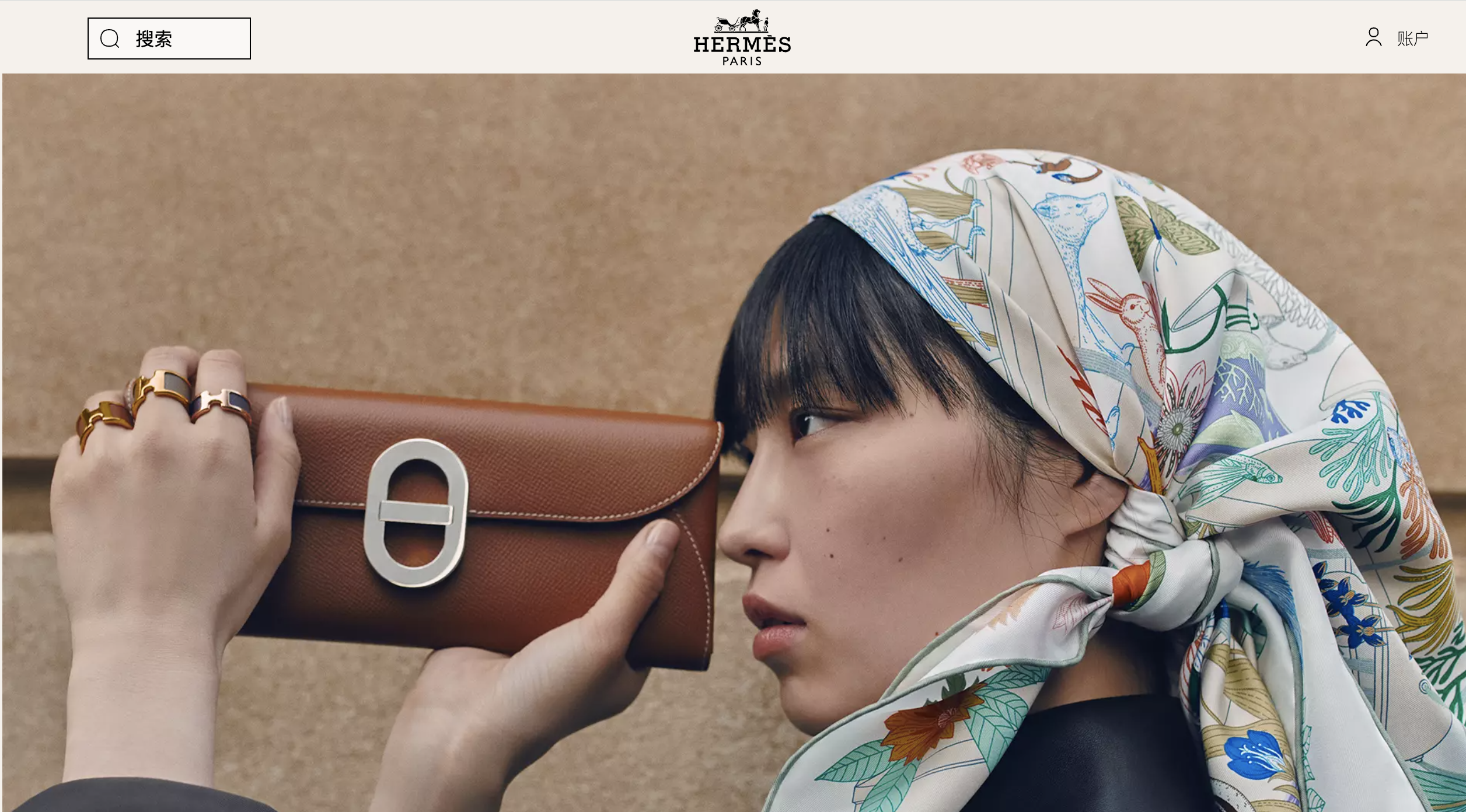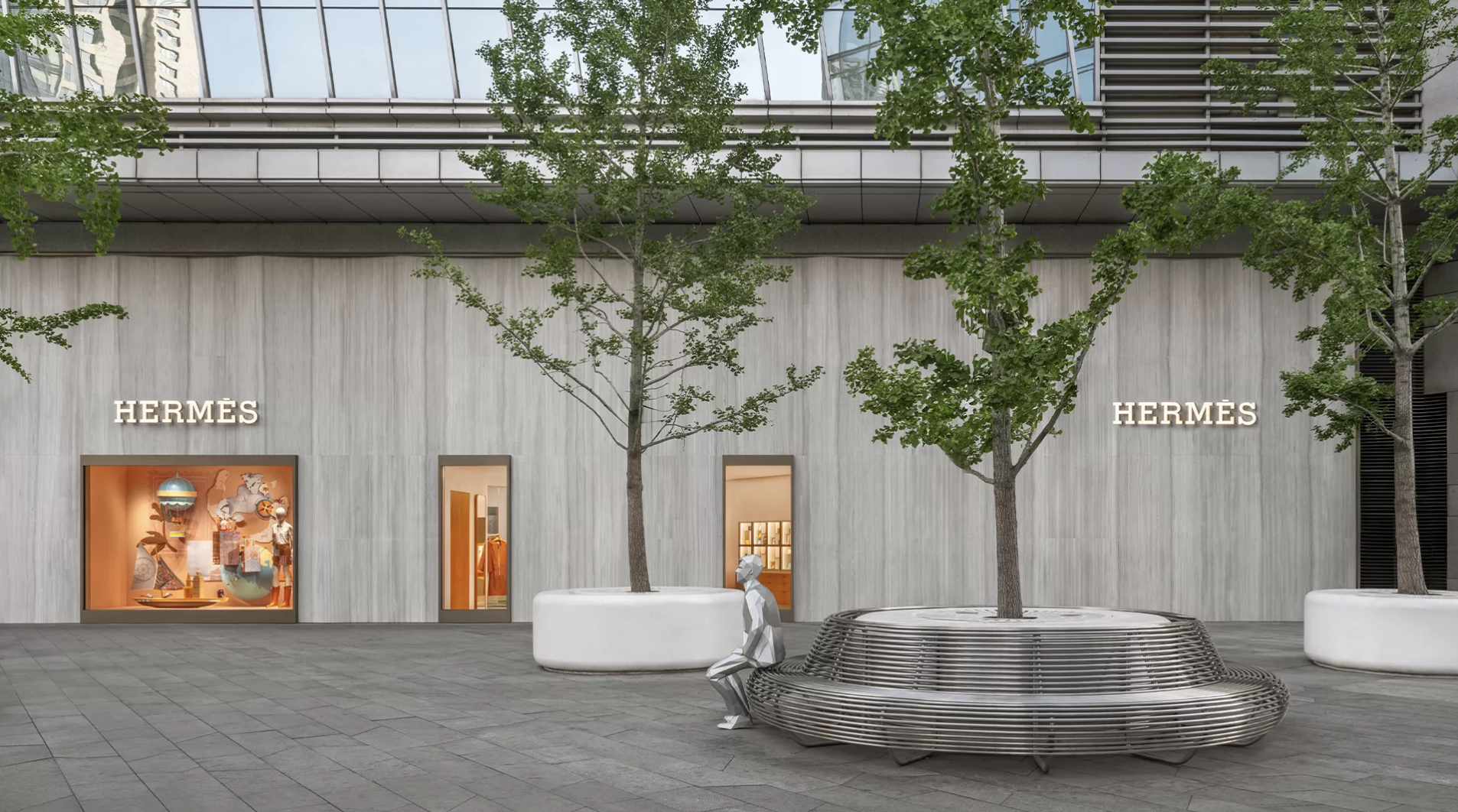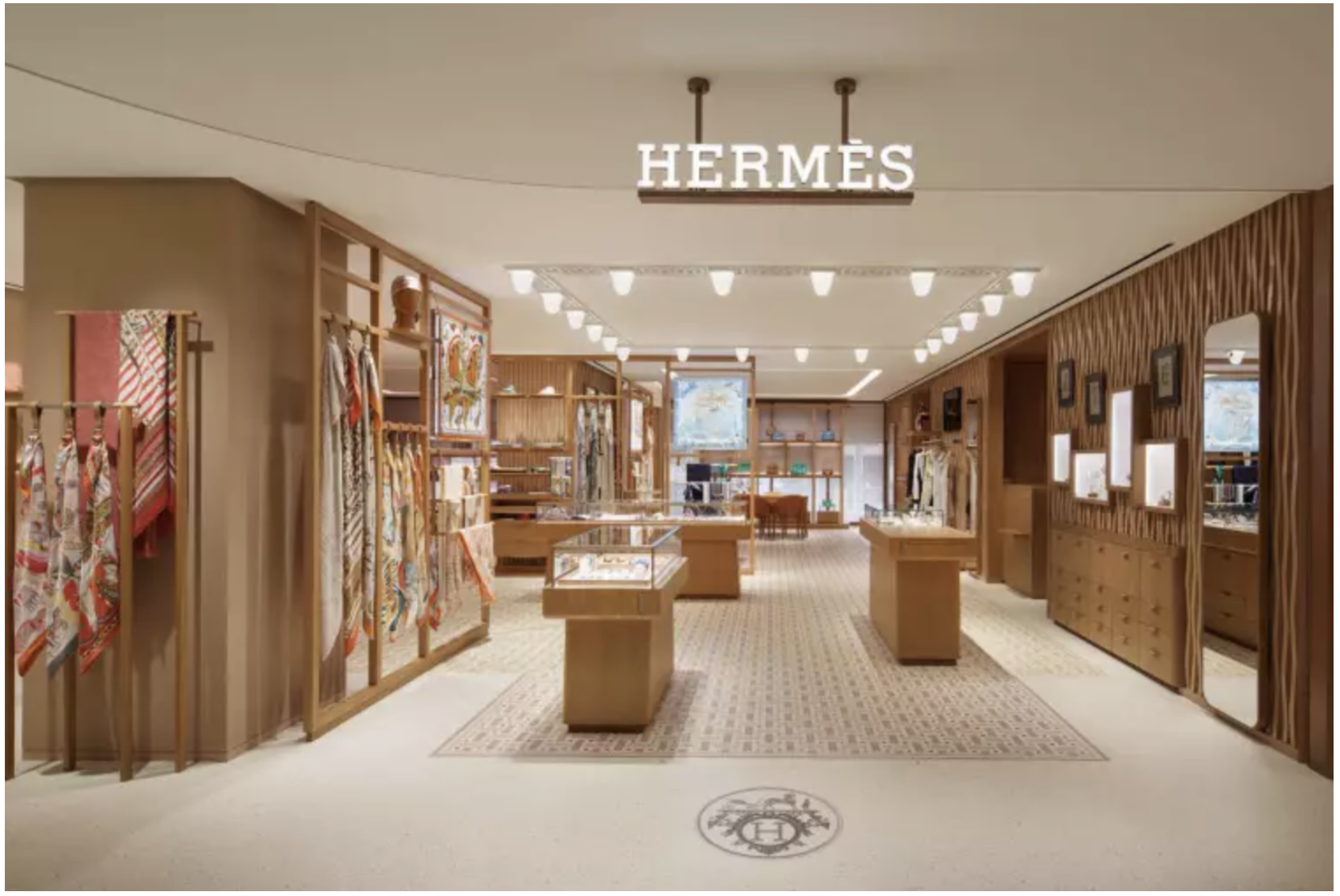On the afternoon of July 25th local time, French luxury group Hermès released its financial results for the first half of 2024 and the second quarter, ending on June 30th: sales for the first half increased by 12% year-on-year to 7.5 billion euros (15% at constant exchange rates), with double-digit growth in sales across almost all geographical regions; the gross profit margin, affected by exchange rates and decreased customer traffic in the Greater China region, dropped by 1.6 percentage points to 70.6%.
For the second quarter, sales amounted to 3.7 billion euros, growing 13% at constant exchange rates, slightly slower than the 17% growth in the first quarter. Aside from the impact of customer traffic in the Greater China region, all other regions continued to show strong growth momentum.

During the subsequent conference call with analysts, Hermès Executive Chairman Axel Dumas and CFO Eric du Halgouet provided a more detailed analysis and observations on the current performance in the Chinese market and the changes in luxury consumption by Chinese customers.
In the second quarter, due to a decline in customer traffic in the Greater China region and a strong comparison base from the same period last year, sales growth in the Asia-Pacific region (excluding Japan) slowed to 5.5% at constant exchange rates, down from 13.9% in the first quarter.
However, Eric du Halgouet emphasized during the call, “The decline in the Chinese market in the first half was very, very small, having minimal impact on the overall Asia-Pacific market performance. The slowdown was also influenced by inventory shortages and the need for restocking. In the first half, our online product sell-through rate was higher, offsetting the decline in store traffic.”
In the first half of 2024, the Asia-Pacific market (excluding Japan), led by China, accounted for 47% of Hermès’ global market share, slightly down from 49% in the same period last year.
Axel Dumas revealed a decrease in the number of aspirational clients in China. “I believe Chinese consumers have been continuously transforming their luxury consumption since 2010. Purchases are now based on wealth rather than income. This is closely related to the real estate market, and we can see a decreased desire among Chinese people to purchase luxury goods. People now tend to save rather than spend. Aspirational clients are particularly affected by economic influences,” Axel Dumas further explained.
While Axel Dumas acknowledged that changes in the stock market and real estate market significantly impact Chinese consumer confidence, he also pointed out, “Chinese customers have become very sophisticated. They learn quickly and now seek high-quality products rather than just branded items. This is beneficial for us.”
Axel Dumas also mentioned that despite the depreciation of the yen boosting tourism consumption in Japan, Chinese customers prefer to purchase Hermès products domestically and are not the main consumers in the Japanese market. However, Chinese tourists remain a major driver of tourism consumption for Hermès in Europe, including France.

Newly renovated Hermès store at SKP
Additionally, the two executives addressed topics of interest such as marketing expenditure plans for the second half of the year, the Japanese market, and pricing strategies during the conference call:
Despite uncertainties in the second half of 2024, Hermès will continue to invest in all departments, including the launch of the Riom leather workshop, the expansion of stores in Atlanta, USA, Shenzhen, China, and Lille, France, and the introduction of a new women’s perfume in early autumn. In the first half of 2024, Hermès’ Lee Garden store in Hong Kong reopened in June after expansion, and the Beijing SKP store reopened in May after renovation.
Eric du Halgouet expects Hermès’ capital expenditure for the full year of 2024 to exceed 1 billion euros slightly, with brand marketing expenditure reaching 650 million euros. Marketing expenditure in the second half will increase compared to the first half (272 million euros), with some planned marketing activities in the Greater China region being postponed to the second half of the year.

Hermès’ Second Store in Tokyo’s Ginza District Opened in June
In the first half of 2024, at constant exchange rates, Hermès’ sales in the Japanese market increased by 22.4% year-on-year (9.2% of the global share), making it the second-fastest growing market globally; the fastest-growing market was “other markets” led by the Middle East, with a year-on-year growth of 105.3% but the lowest global share (4.1%). After opening a new store in Tokyo’s Ginza district in February, Hermès opened another new store in Japan in June.
Axel Dumas disclosed that the excellent performance of the Japanese market is mainly due to local customers rather than tourism consumption. Additionally, Hermès expects the yen to appreciate in 2025, which will also change consumption trends in the Japanese market.
At the beginning of 2024, Hermès implemented a double-digit price increase in the Japanese market. When asked about pricing in 2025, Axel Dumas emphasized that the group will continue to adhere to its consistent strategy. He stated, “While everyone is raising prices, we insist on price increases only due to inflation. This seems to be a better choice now. Hermès’ price increases are driven by two factors: global inflation leading to increased costs (including material costs and labor wages) and currency fluctuations in different regions. Since all production is priced in euros, currency fluctuations also cause a certain degree of inflation.”
丨Source: Hermès conference call
丨Image source: Hermès official website
丨Editor: LeZhi



